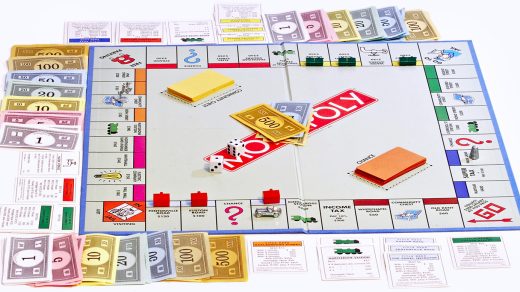A few weeks ago, while Face Timing my mother she showed me a package that my dad had ordered and it had just arrived at the house; two chunky lonely planet travel guides for their next trip. My, very Gen Z, first reaction was to laugh about it thinking how outdated it seemed for me to be. They asked me what I do instead to find new places, aside from going on Google and encountering the very touristy attractions on Trip Advisor. My reply: A camera roll album titled “Places”. In it: a collection of one hundred screenshots of TikTok stills showing the names of allegedly “local” restaurants, galleries, concept stores, and bars in multiple capitals. My proudest collection, a goldmine and without a doubt the first resource I consult before traveling might just be part of the perfect case study.
It is clear that something has changed, yet it does not only impact tourism on a somewhat small scale such as the previous example of the different generational approaches which my family and I take on planning a trip and filling the itinerary. The rise of TikTok’s popularity has -aside from everything else- created a shift in the whole structure of contemporary tourism, enhancing the desire to debunk the “secret” places and rather de-localizing the local spots that prior to this boom would only become accessible by “traditional” word-of-mouth recommendation.
It has also catalyzed something that I previously considered quite impossible: free marketing that results in not being wanted by certain establishments which aim to keep their neighborhood crowd. A good example for this is Floderol, a wine bar in Paris that made it to the New York Times (and was also definitely part of my camera roll album) which became known for its ice cream + wine concept. Pretty soon, the videos of visitors holding a little cup with olive oil ice cream in one hand, and a glass of organic orange wine in the other while sitting on the sidewalk became crucial in the TikTok feeds of many. The equation ends with hundreds of identical pictures, dozens of people lining up, the regulars drifting away, and ultimately a very clear statement:
The image sheds light on multiple aspects which englobe the whole idea on the shift that I’m writing about. Starting with the fact that, in a very Parisian stereotypical manner, certain parts are in English and others in French, pointing towards the two messages they want to respectively communicate and explicitly targeting the crowds that they wish to avoid. “Bottles to take away? Come on in!” but “No TikTok!”
Finally, even if the act of taking pictures of ourselves while traveling is most definitely not a new practice, the note in the bottom sheds light to an approach to it which is fairly recent. It is about occupying the space as somewhat of a set to fit a certain aesthetic that, including myself, becomes aspirational. The travel itinerary ends up getting filled by these type of establishments that create the perfect grid and, in this way, stops being about the good quality products that they potentially offer but the sceneries in which they -unintentionally- convert for us tourists. Can we still “have fun” while taking photos and videos of/with everything? Or did this turn into the real fun itself?



Recent Comments